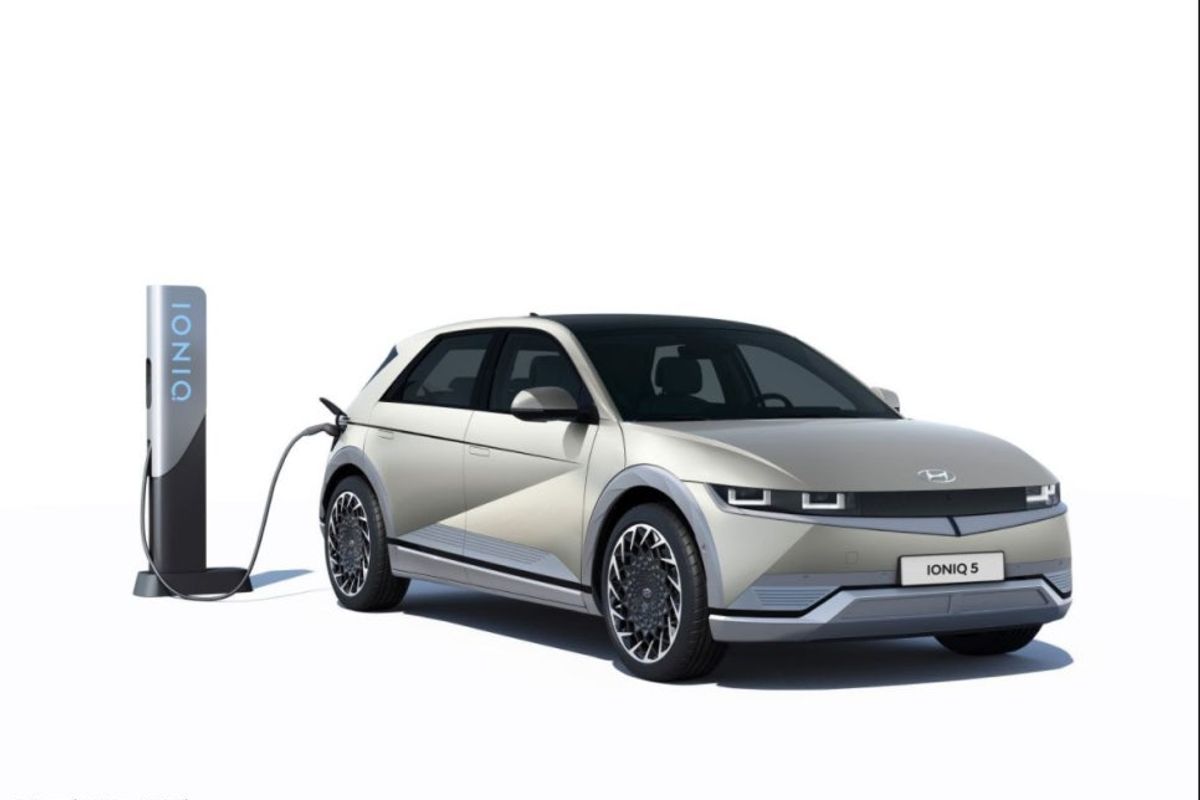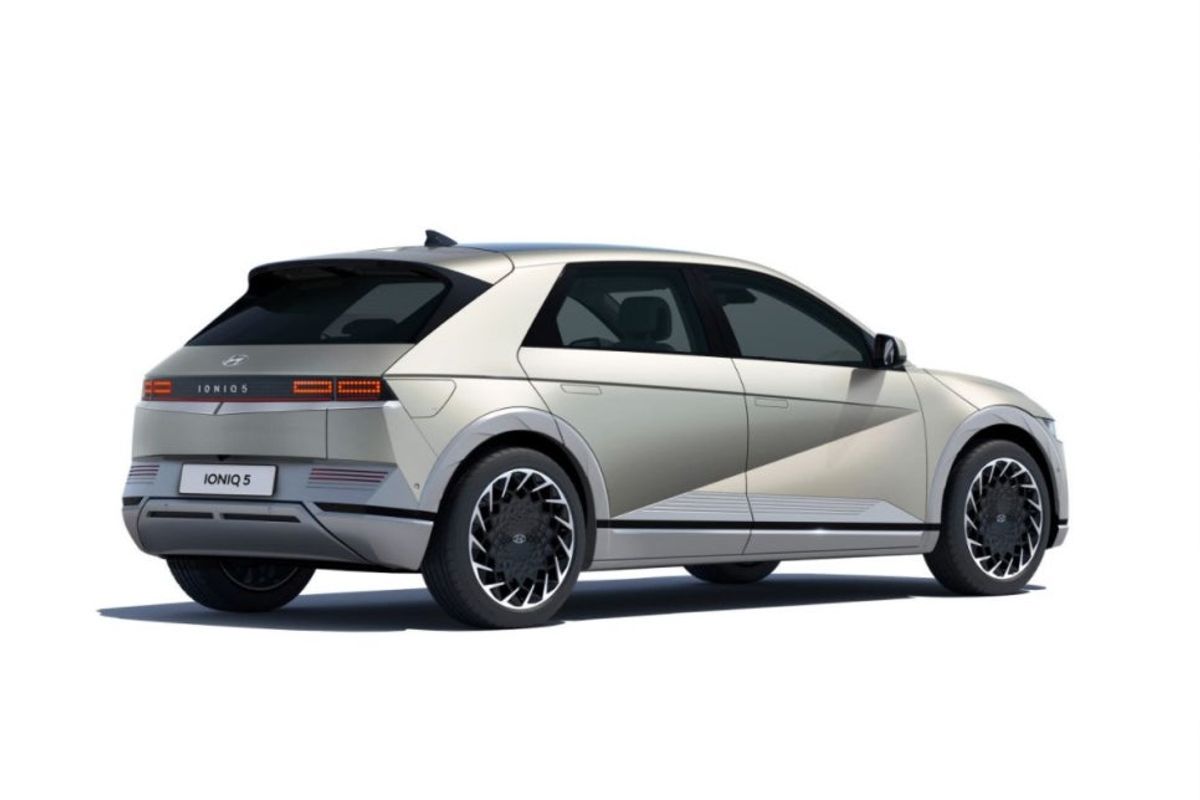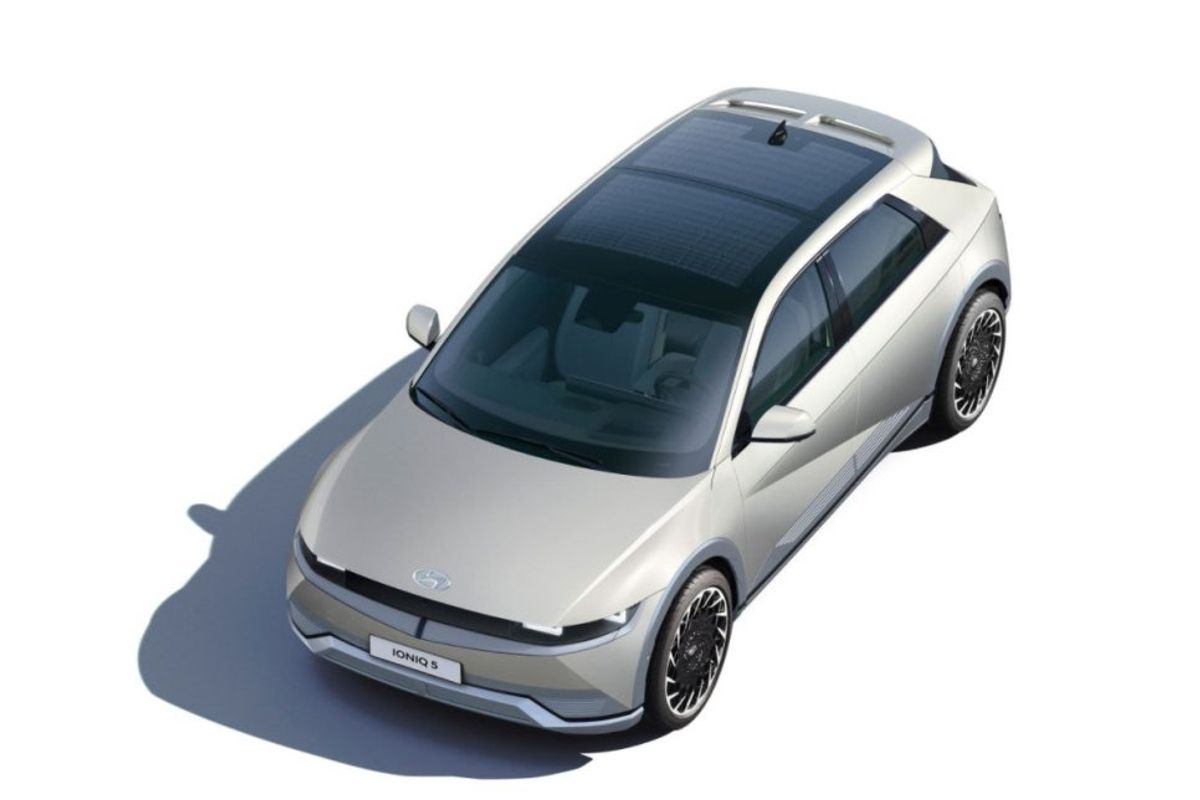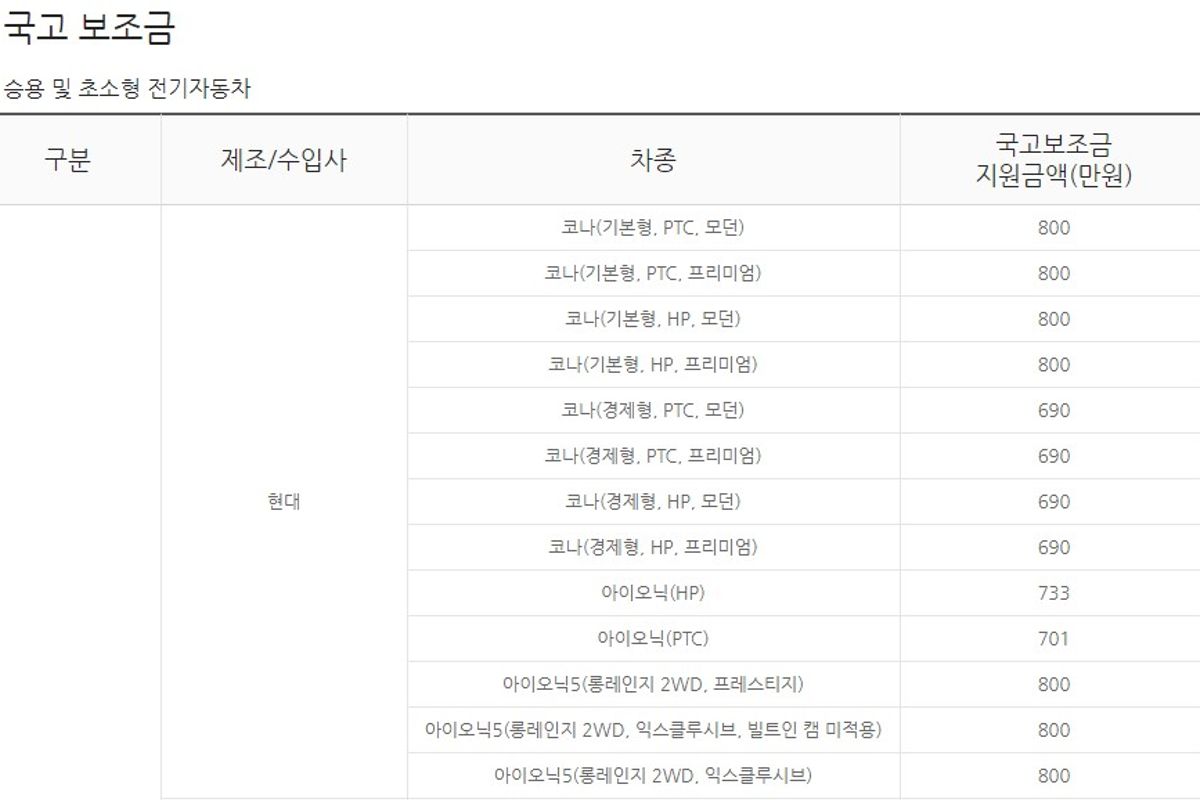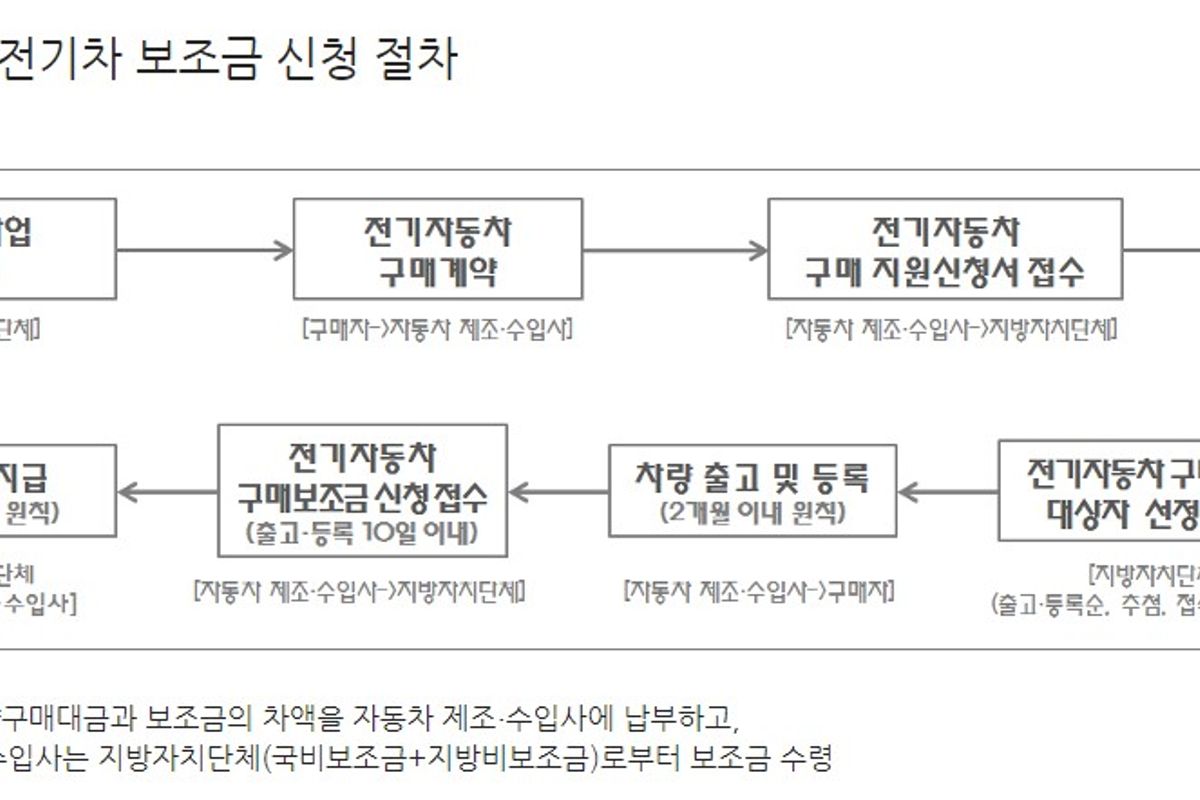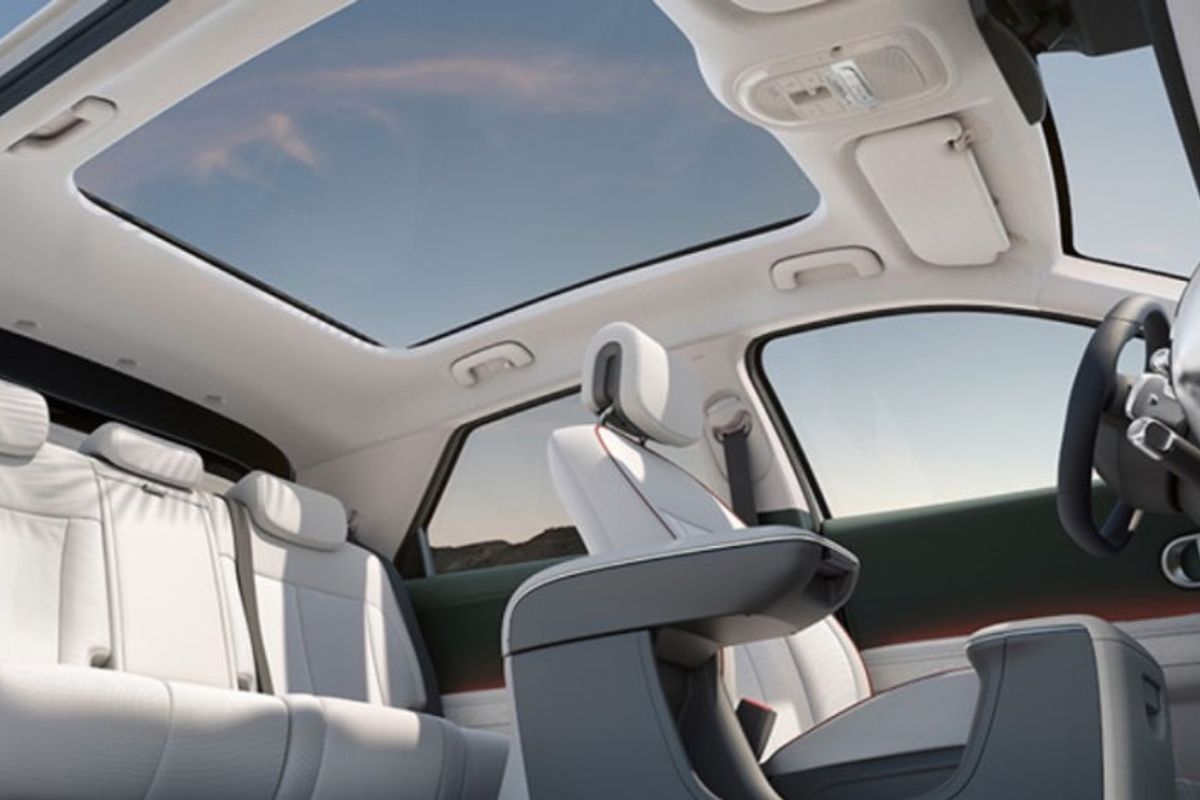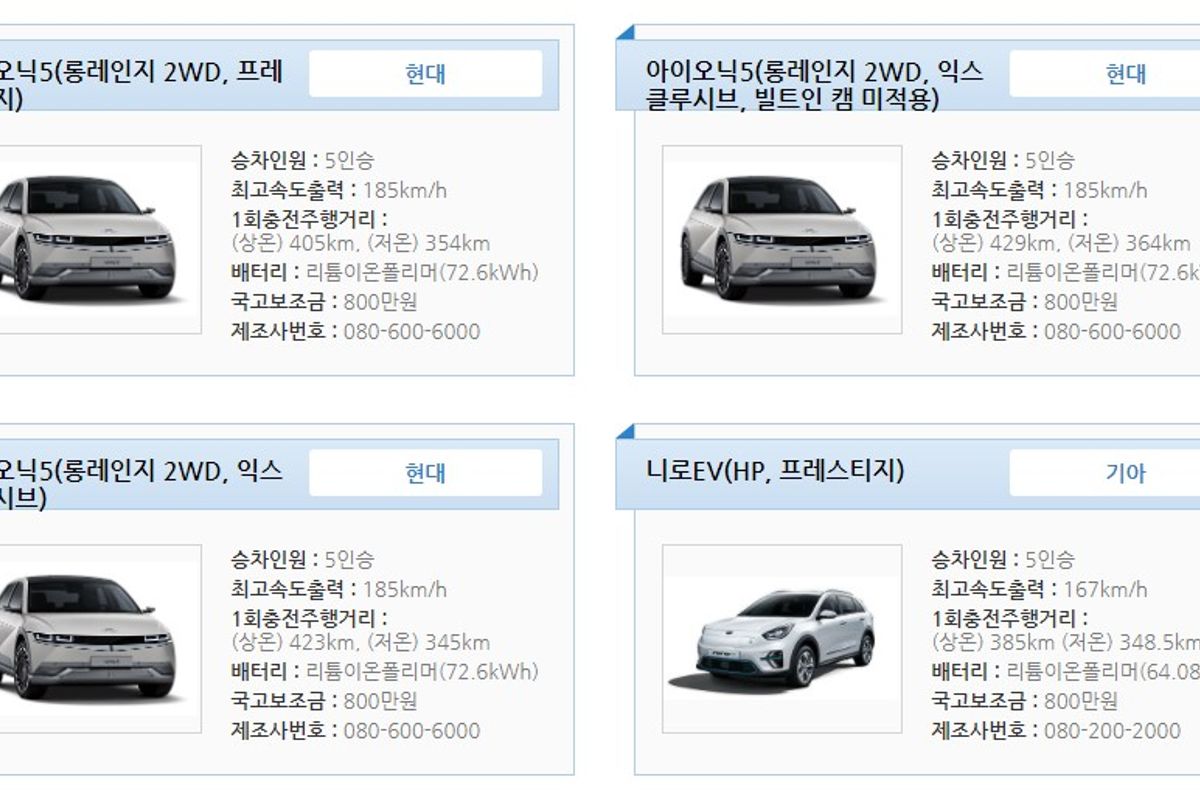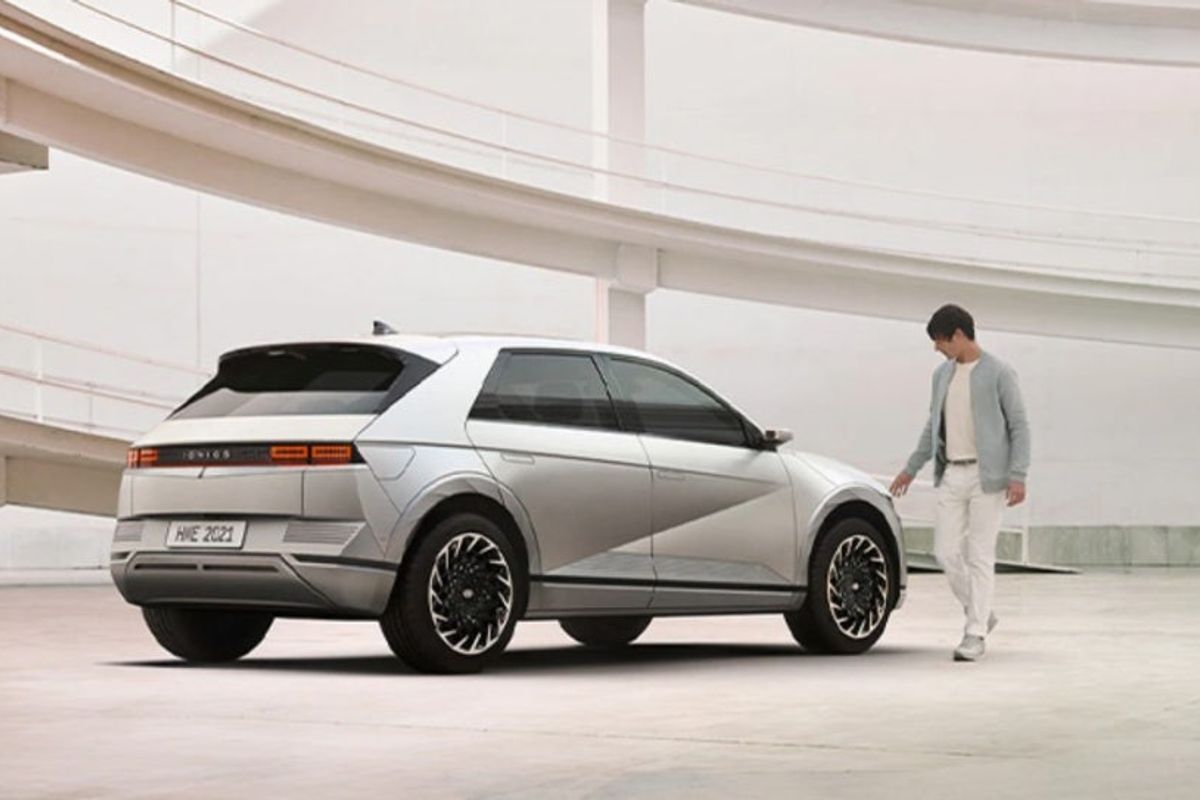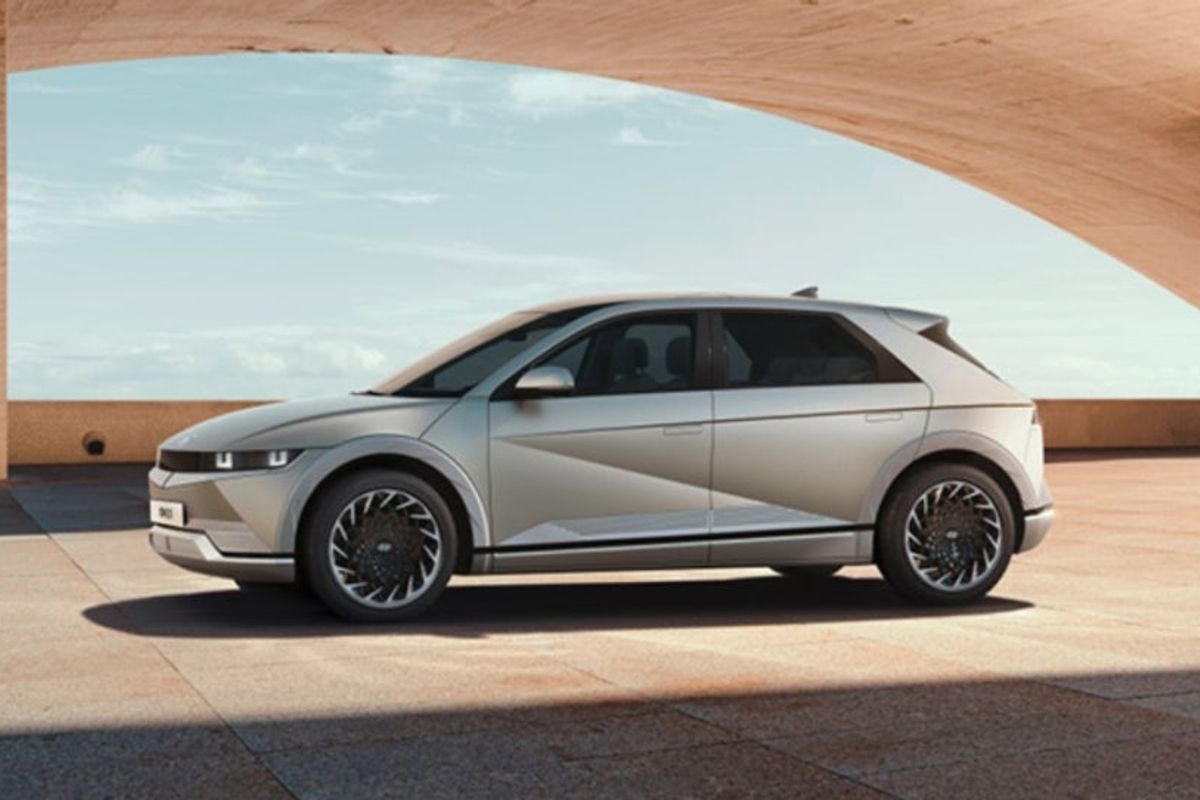Let's take a look at the Ioniq 5 electric vehicle subsidies, pricing information, and EPA-certified range. Hyundai has set the release date for the Ioniq 5 on April 19. Starting from the 21st, customers can apply for local government purchase subsidies. During the pre-order period, about 23,760 contracts were made in just one day. Pre-order customers can finalize their contracts from the 19th. The cumulative number of pre-orders has exceeded 40,000 units.
Currently, only the long-range model of the Ioniq 5 has confirmed pricing, as its range certification is complete. Based on a 3.5% individual consumption tax, the Ioniq 5 long-range Exclusive model starts at 49.8 million won (approximately $44,300 USD), while the Prestige model starts at 54.55 million won (approximately $48,500 USD).
The national subsidy for the long-range model is currently set at 8 million won (approximately $7,100 USD). If you purchase the long-range Exclusive model in Seoul, you'll receive an 8 million won national subsidy and a 4 million won local subsidy. In Seoul, you can buy it for 37.8 million won (approximately $33,600 USD). If you purchase the Ioniq 5 long-range Exclusive in Ulleung County, which offers the maximum local subsidy, you can buy it for 30.8 million won (approximately $27,400 USD). The price for the standard model has not been set yet, but it's expected to be about 3-4 million won (approximately $2,700-$3,600 USD) lower than the long-range model.
Due to issues with Hyundai Mobis, which is responsible for the Ioniq 5's drive motor, the Ulsan Plant 1 suspended operations from the 7th to the 14th. As a result, the initial production plan for the Ioniq 5 has been reduced from 10,000 units to 2,600 units. According to the Ministry of Environment's announcement on the 13th, the 2021 electric vehicle supply target was 121,000 units, but local subsidies have been secured for 84,000 units. For passenger cars, local funding has been prepared for about 45,000 units out of the 75,000 unit target, and for cargo vehicles, about 21,000 units out of the 25,000 unit target. Looking at the pre-orders for the Ioniq 5 and EV6 alone, there are concerns about the early depletion of subsidies. The Ministry of Environment plans to adjust subsidies by vehicle type after conducting a demand survey and is also considering a supplementary budget.
The Ioniq 5's driving range on a single charge has been announced as 255-267 miles (410-430 km). It supports 400V/800V multi-fast charging. With all-wheel drive, the maximum output is 225kW, and the torque is 605Nm.
For the long-range all-wheel-drive model, the 0-60 mph time is 5.2 seconds. Several convenient features are provided while driving, including steering control to assist with lane changes when operating the turn signal switch, and HDA2, which can respond immediately to vehicles cutting in at close range even in low-speed congestion situations.
The Ioniq 5 can also supply external power, which is a differentiating feature with its V2L function.
According to the Ministry of Environment's Low Emission Vehicle Integrated Website, the Ioniq 5 long-range rear-wheel-drive Prestige model has a range of 252 miles (405 km) at normal temperature and 220 miles (354 km) at low temperature. For the Ioniq 5 long-range rear-wheel-drive Exclusive model, the range is 267 miles (429 km) at normal temperature and 226 miles (364 km) at low temperature. While there were initial expectations of a 311-mile (500 km) range, the Ministry of Environment's certification results are somewhat disappointing.
When announcing driving ranges for vehicles, the certified distances differ between European and Korean Ministry of Environment standards. Europe follows the WLTP standard, which is an international standard for emission testing. This method calculates the driving range based on a 30-minute drive at an average speed of 29 mph (47 km/h). Speed sections include 37-50-62 mph (60-80-100 km/h), and temperatures are set at 73°F (23°C) and 57°F (14°C).
The Korean Ministry of Environment certification measures driving range in both urban and highway modes. In urban mode, the vehicle travels 11.2 miles (18 km) at an average speed of 21 mph (34 km/h), with a maximum speed limit of 57 mph (91 km/h). In highway mode, the vehicle travels 9.9 miles (16 km) at an average speed of 48 mph (78 km/h), with a maximum speed of 60 mph (97 km/h). In Korea, a correction factor of 0.7 is applied to these measured values. While the Korean standard is stricter than the European one, it's considered to be more suitable for domestic conditions.
